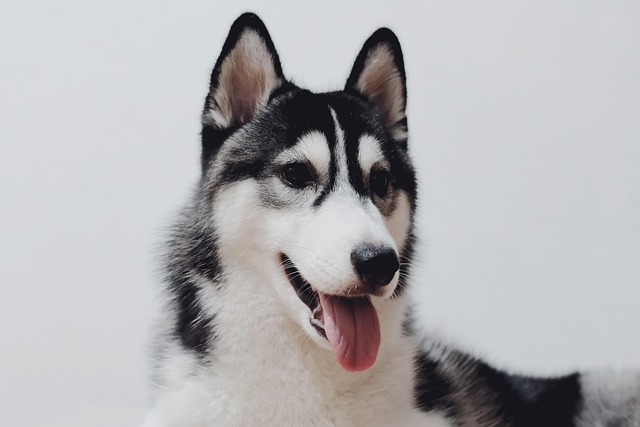
What is glaucoma in a dog?
You might notice your dog squinting more at mealtime or avoiding bright sunlight—these small changes could be early signs of a serious eye condition.
Let's be honest, the click-clack of your pup's nails on the hardwood floor is a sure sign it's trim time. But for many new dog owners, especially those navigating life in a bustling city apartment, the mere thought of wielding those clippers sends shivers down the spine. Fido squirms, you get nervous, and suddenly, it feels like an impossible mission. So, what's the real trick? It's not about mastering the clippers first – it's about mastering the preparation and the mindset, both yours and your dog's, using patience and science-backed techniques. Forget quick fixes; this is about building lifelong comfort.
The core challenge isn't the physical act of cutting; it's overcoming your dog's natural aversion. Think about it: their paws are incredibly sensitive, vital for balance and exploration. Forcing restraint triggers instinctive panic, making future sessions even harder. This is where behavioral science shines. The key is desensitization and counterconditioning. It means gradually introducing the clippers (or grinder) and the handling process in tiny, positive steps, long before an actual trim is needed. Start by simply showing the clippers, then reward calmness with a high-value treat like chicken. Progress to gently touching a paw for a split second, then reward. Build up slowly over days or weeks, associating the whole experience with something wonderful. Rushing this step is the biggest mistake beginners make. Imagine trying this after a good walk in Central Park when your Golden, Baxter, is relaxed, not when he's buzzing with energy.

Now, for the practical steps when your dog is comfortable: Gather your tools – sharp, size-appropriate clippers or a quiet grinder, styptic powder (in case of a quick), and those yummy treats. Find great lighting to clearly see the quick – the pink, blood-filled part inside lighter nails (it's harder in dark nails, trim tiny bits at a time). Position yourself calmly; maybe have your Lab, Luna, sit between your legs on a non-slip mat. Hold the paw firmly but gently. Identify your cutting point – aim for just before the quick curves downwards. If using clippers, make smooth, confident cuts perpendicular to the nail. Grinders require brief, gentle touches to avoid heat. Reward constantly! Every snip or grind, followed by praise and a treat, reinforces calm cooperation. Focus on one paw per session initially if needed. Consistency is far more important than getting every nail perfect every time.
Crucially, responsible dog ownership in the US and UK extends beyond nail care. Keeping vaccinations current isn't just vital for Fido's health; it's often legally required, especially for rabies. Scooping that poop during your neighborhood walks? That's non-negotiable community etiquette and frequently mandated by local ordinances – always carry bags! Remember, positive reinforcement isn't just for nail trims; it's the gold standard for all training. Harsh corrections or physical punishment damage trust and are increasingly viewed as unacceptable, aligning with modern animal welfare understanding. If nail trimming becomes a major battle despite your best efforts, seeking help from a professional groomer or a certified force-free trainer is the responsible choice. They have the experience and environment to handle it safely and positively, ensuring your dog's well-being remains paramount. The real trick, ultimately, is transforming a chore into a trust-building ritual, one tiny, rewarding step at a time.

You might notice your dog squinting more at mealtime or avoiding bright sunlight—these small changes could be early signs of a serious eye condition.

Let’s set the scene: It’s a sweltering Phoenix afternoon—105°F outside—and you rushed your 2-year-old Lab mix, Cooper, on a quick walk to “get it over with.”

Let’s get real: You’re in your Miami apartment, watching your 3-year-old Corgi, Loki, struggle to climb the stairs to your second-floor unit.

Many dog owners brush off occasional scratching as just “dog behavior,” but persistent itching often signals something more—like a food allergy.

You might first notice your dog scratching more than usual—chewing at their paws until the fur looks thin, or rubbing their face against the couch nonstop.

Let’s be real: You’re standing in your Chicago apartment, watching your 3-year-old Beagle, Max, huff and puff just to climb onto the couch.